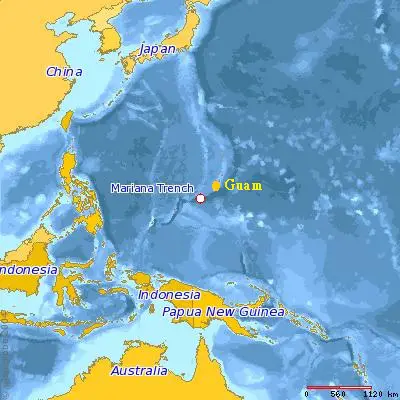A cooperation agreement has been been signed by DNV GL and Guangzhou Shipyard International Company Limited (GSI) at the Marintec China trade fair in Shanghai. The agreement was related to a joint development project (JDP) for the enhancement of welding non-destructive testing (NDT) efficiency by the autonomous detection and analysis of radiography testing (RT) digital images.
The signing ceremony was attended by Chen Zhongqian, Chairman of GSI, and Knut Ørbeck-Nilssen, CEO of DNV GL – Maritime.
The cooperation agreement was signed by Zhou Mushun, Chief Engineer of GSI, and Norbert Kray, Regional Manager for Greater China at DNV GL.
According to the agreement, the latest artificial intelligence (AI) technology will be used by GSI and DNV GL AI Research Center for the development of a new solution for automatic detection and analysis of welding seam indications in RT digital images.
“This cooperation marks another milestone for GSI’s long and fruitful cooperation with DNV GL over the past 22 years,” said GSI Chairman Chen Zhongqian. “As the largest modern integrated shipbuilding enterprise in South China, GSI has rich and detailed welding images. I am glad that with DNV GL’s advanced AI, this data can now be used to contribute to the future development of shipbuilding technology.”
“We are very proud to partner with GSI on this innovative project,” said DNV GL Regional Manager Norbert Kray. “Our ambition is to be a technology leader and explore new solutions for the benefit of our customers. We look forward to helping more Chinese shipbuilders to build high-quality ships with cutting edge solutions such as this.”
A lot of welds are involved in ship building. Faulty weld like porosity, slag, and cracks can be detected by Xrays. Non-destructive testing experts will review the Xray images that is time consuming. The replacement of manual assessment of welding seam indications with artificial intelligence algorithms will lead to the requirement of human force only for the final acceptance review. Thereby, the reports of unacceptable welds are given faster thus, making the building time shorter.
“We will build a web-based application to initially provide the new AI solution to ship yards for automated testing of weld seam quality,” said Dr Pierre C. Sames, Director for DNV GL Group Technology & Research. “Our approach towards weld detection can not only be used in shipbuilding, but in other industries where NDT is used as a quality control tool,” he added.
Reference: dnvgl
from WordPress https://www.maritimemanual.com/dnv-gl-gsi-cooperate-ai-based-solution-improve-welding-ndt-efficiency/

No comments:
Post a Comment